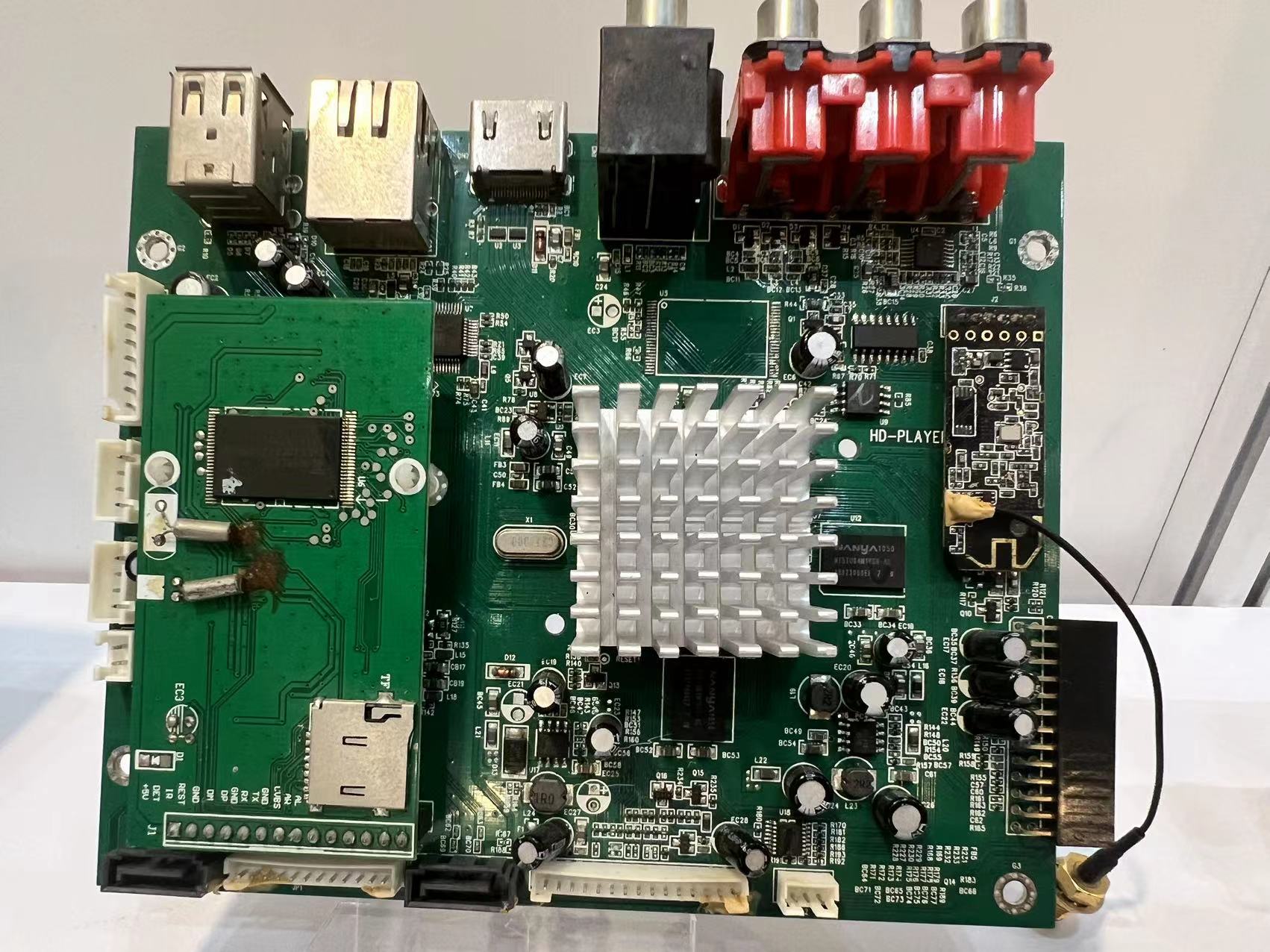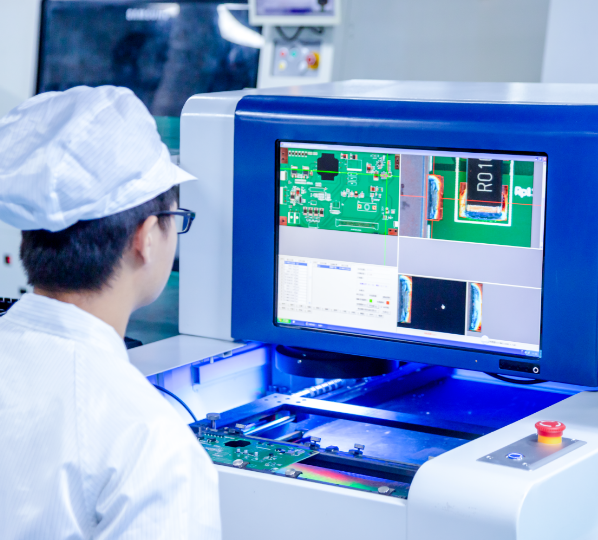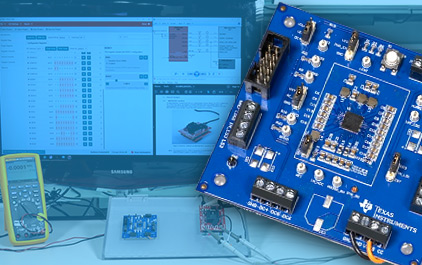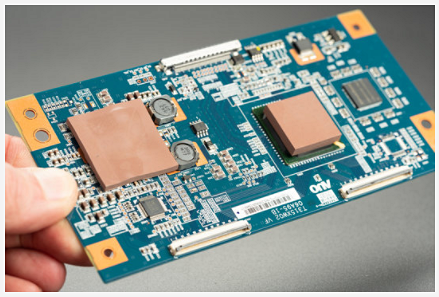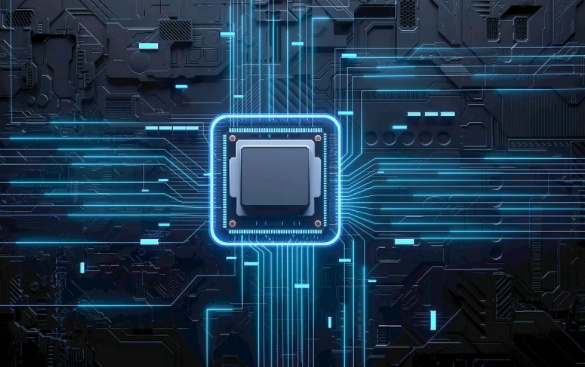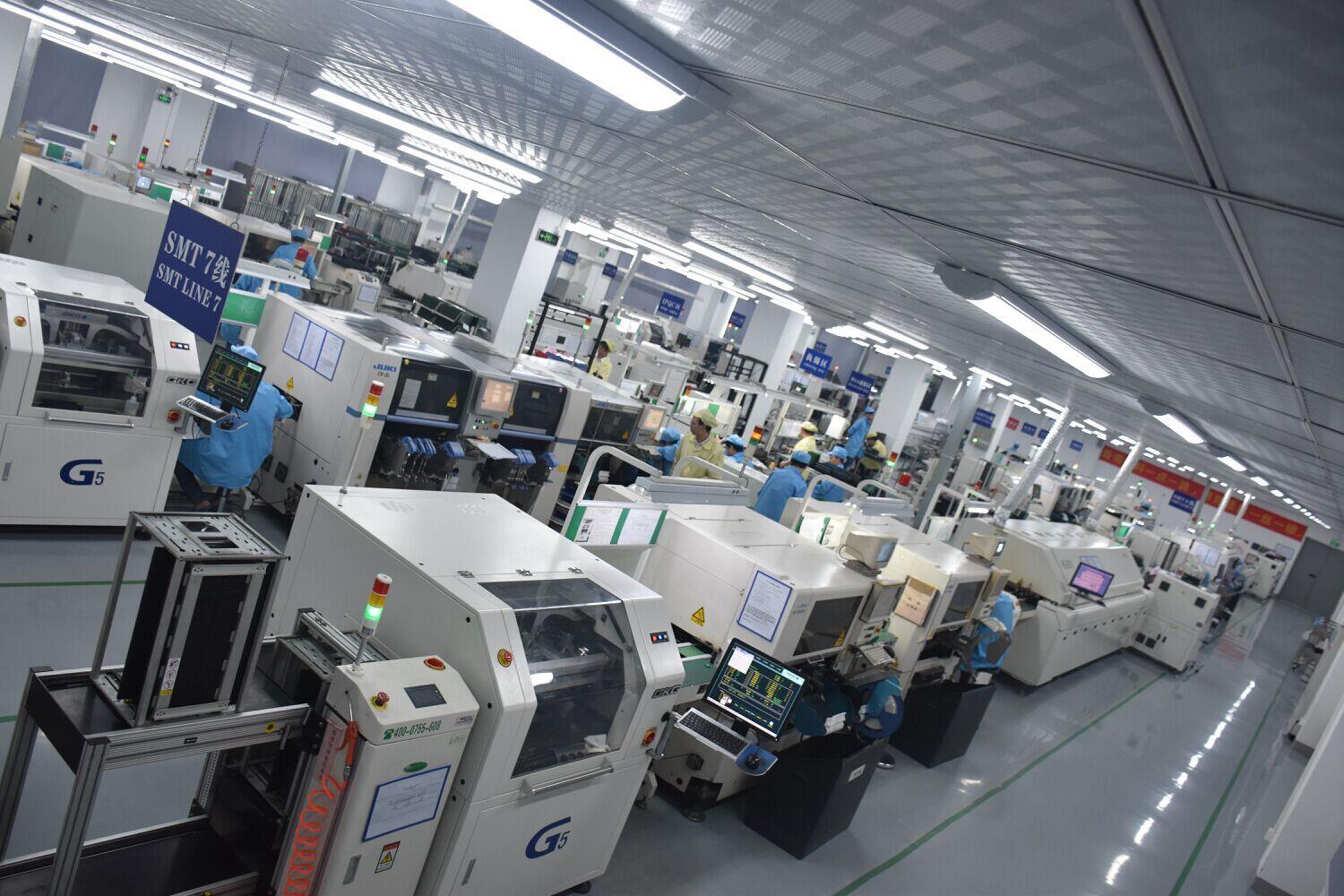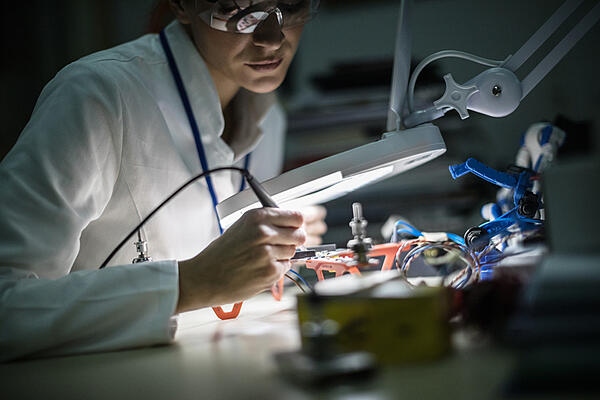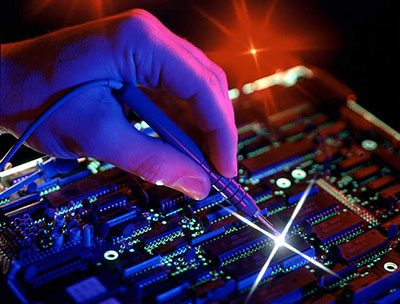Blog
The specific electronic components present on a PCBA (Printed Circuit Board Assembly) can vary widely depending on the intended functionality and complexity of the electronic device being manufactured. However, here are some common electronic components that you might find on a typical pcbA:
1.Resistors: These components are used to limit the flow of current in a circuit and are essential for voltage division, current control, and signal conditioning.
2.Capacitors: Capacitors store and release electrical charge. They are used for filtering, smoothing power supplies, and coupling AC and DC signals.
3.Diodes: Diodes allow current to flow in one direction only and are used for rectification, signal demodulation, and protection.
4.Transistors: Transistors are semiconductor devices used for amplification, switching, and signal modulation.
5.Integrated Circuits (ICs): These are complex components that contain multiple electronic functions on a single chip. They can include microcontrollers, microprocessors, memory chips, and various specialized ICs for specific purposes.
6.Connectors: Connectors are used to establish electrical connections between the PCB and external devices or other circuit boards.
7.Inductors: Inductors store energy in a magnetic field and are used in various applications, including filtering and energy storage.
8.Oscillators/Crystals: These components provide precise timing and clock signals to synchronize the operation of the circuit.
9.LEDs (Light-Emitting Diodes): LEDs are used for visual indicators, displays, and status notifications.
10.Switches and Buttons: These components provide user input and control for the device.
11.Potentiometers: Potentiometers are variable resistors used for volume control, adjusting brightness, and other variable settings.
12.Sensors: Depending on the device's purpose, various sensors such as temperature sensors, motion sensors, proximity sensors, etc., might be included.
13.Power Management Components: These include voltage regulators, power MOSFETs, and other devices to manage power distribution and conversion.
14.Indicators: Buzzer or speaker for audio output, or other indicators like LCD displays.
15.Passive Components: Besides resistors and capacitors, this category includes inductors, ferrite beads, and other components that do not require a power source.
The combination and arrangement of these components on the PCBA depend on the specific electronic circuit's design and requirements. More complex electronic devices may have additional components to fulfill their intended functions.
Related articles
The difference between PCBA and PCB
PCB and PCBA are related terms in the field of electronics, but they refer to different things:1.PCB (Printed Circuit Board):A PCB, or Printed Circuit Board, is a flat board made of a non-conductive m...
What does PCBA mean?
PCBA stands for Printed Circuit Board Assembly. Up to this meaning, it’s all fine. But the real problem starts right from here. Many, in fact, most people don’t understand the true meaning and purpose...
What is smt assembly?
As today’s electronics designs become smaller and more complex, more engineers are relying on surface mount technology. After the 1980s, this technology became the preferred PCB assembly technology in...
How can we test a pcb?7 pcb testing methods you need to know
When you order printed circuit boards (PCB), you know the pricey consequence of failure. The last thing you need financially is for your PCBs to suddenly drop dead -- or to have a shortened life span...
what is as9100 certification?
When an OEM is sourcing out work -- let alone aerospace electronics manufacturing -- it’s likely to come across companies that boast about all sorts of certifications and capabilities.One certificatio...
Why PCB Testing Is Necessary?
Why PCB Testing Is Necessary?Testing is a crucial part of the manufacturing process for PCBs. When PCB testing is conducted throughout the production cycle, it can help save money and prevent iss...




